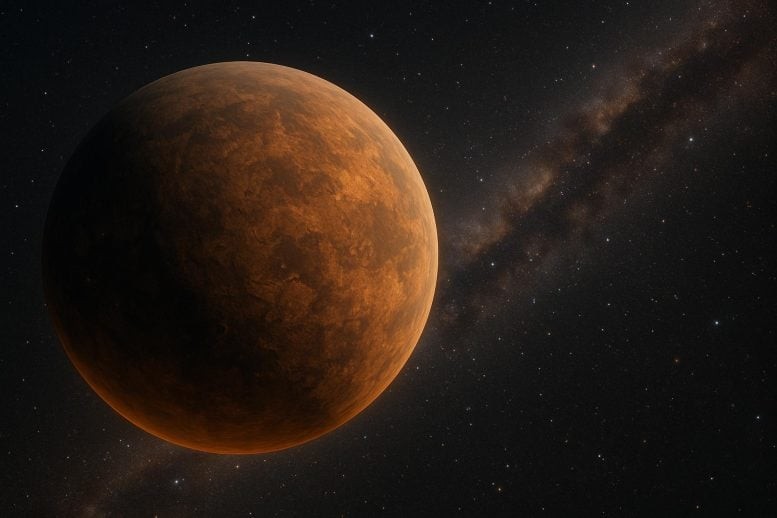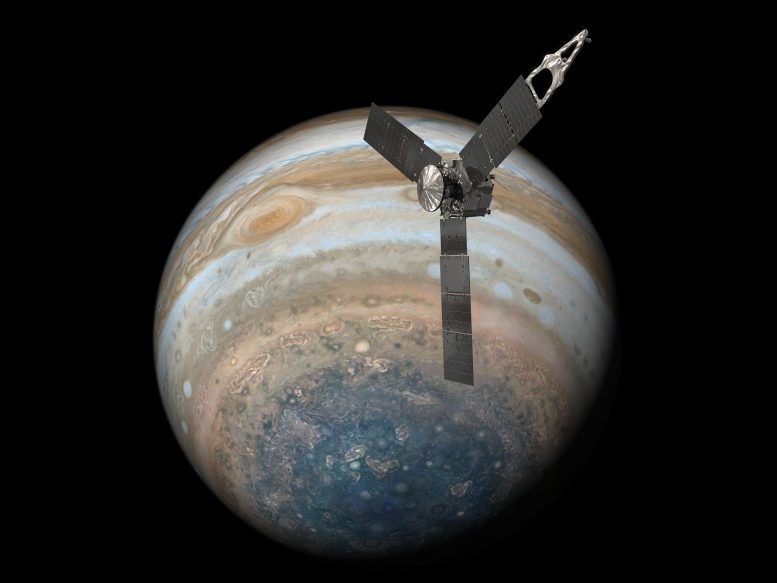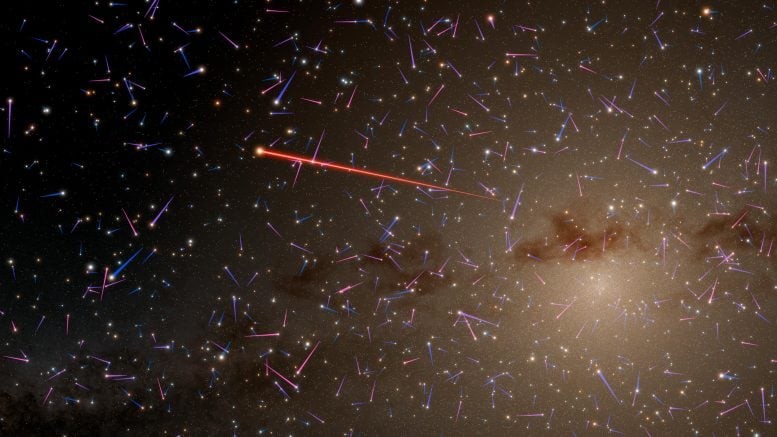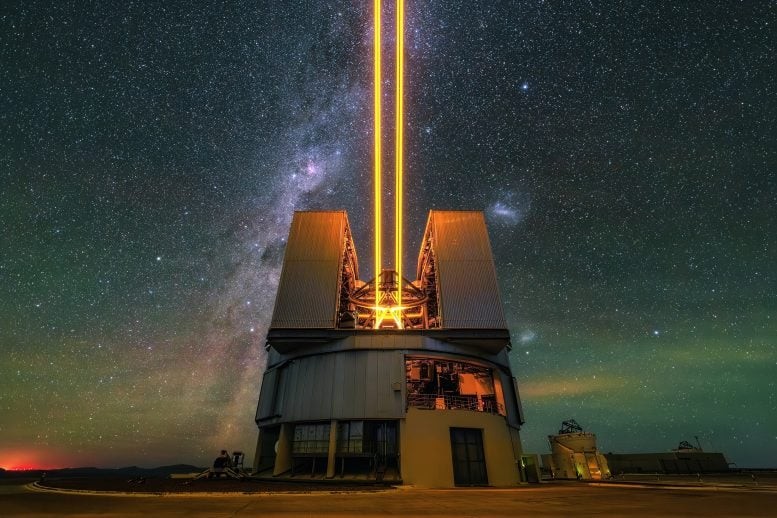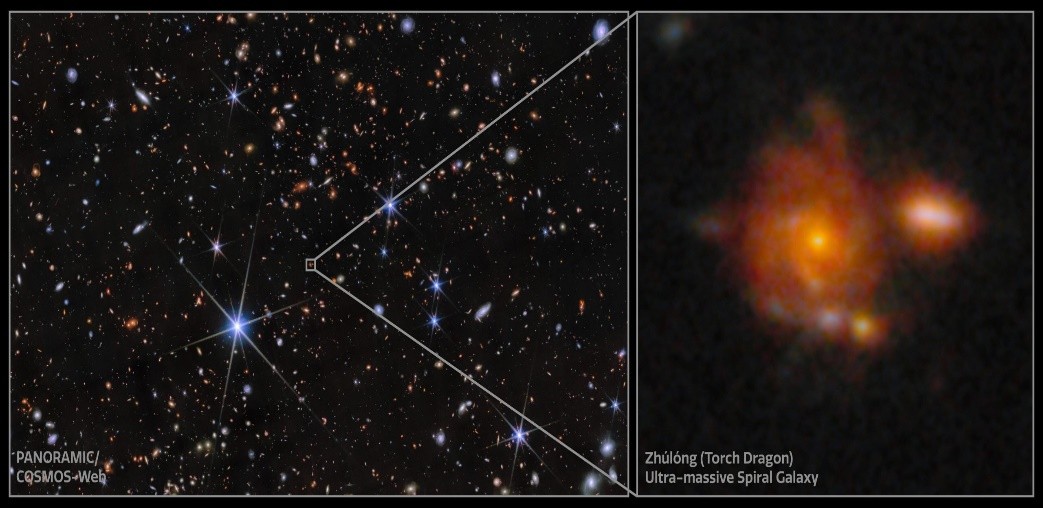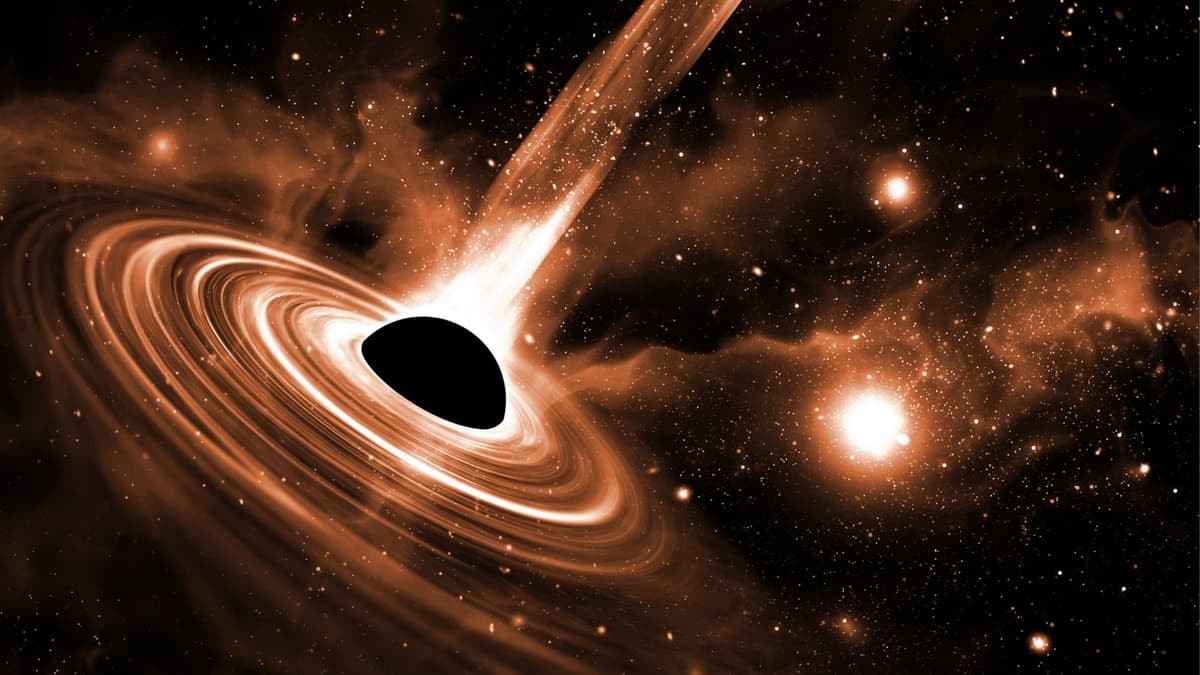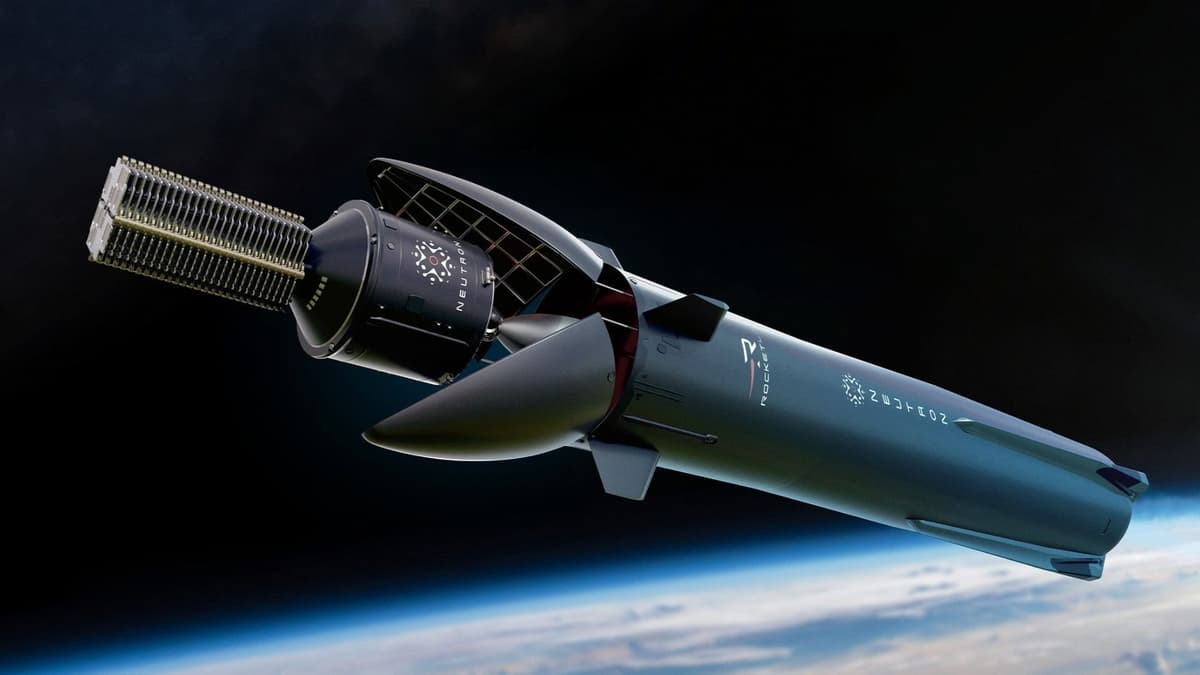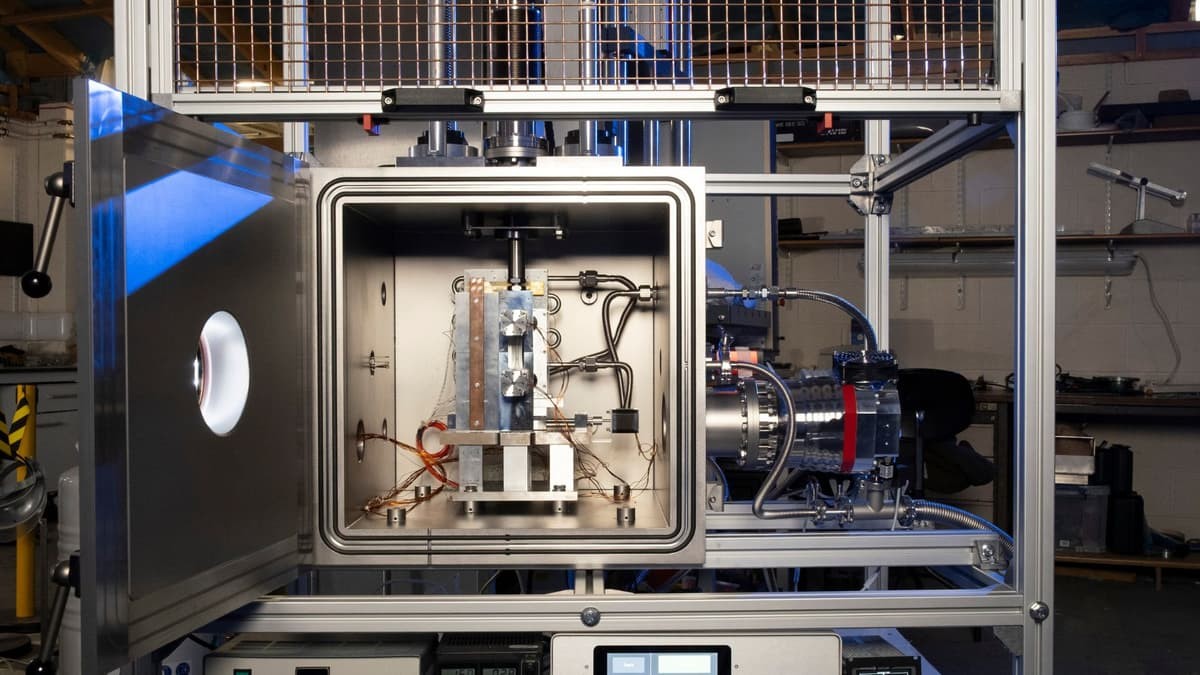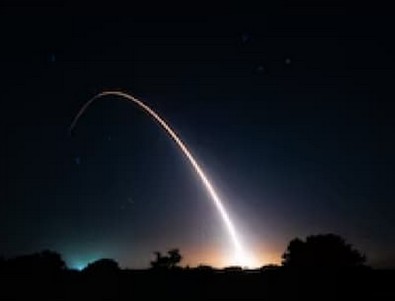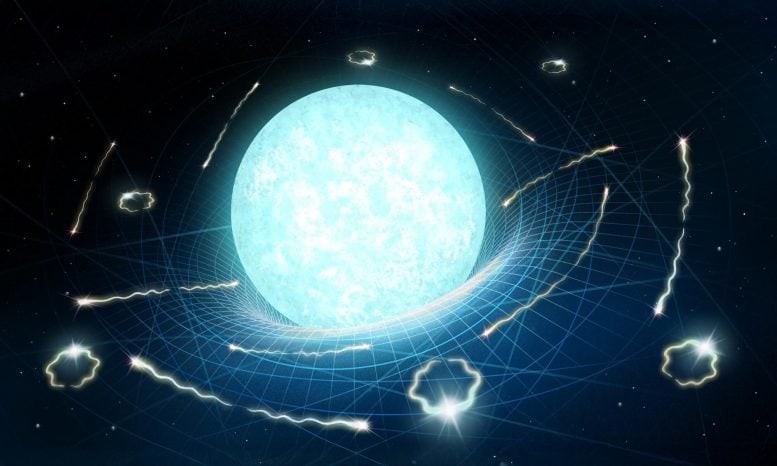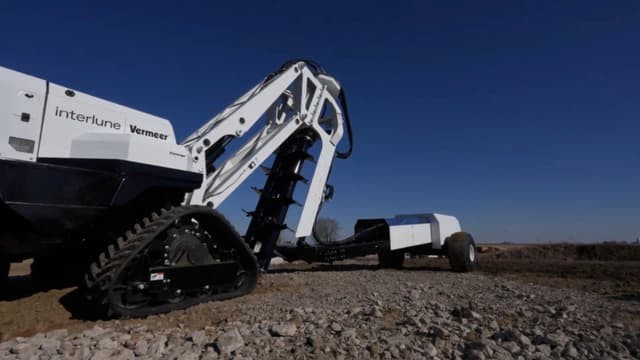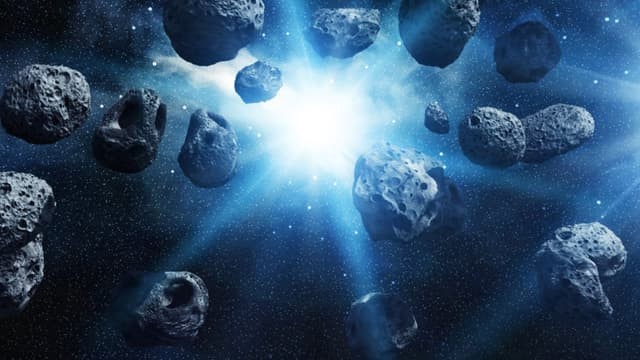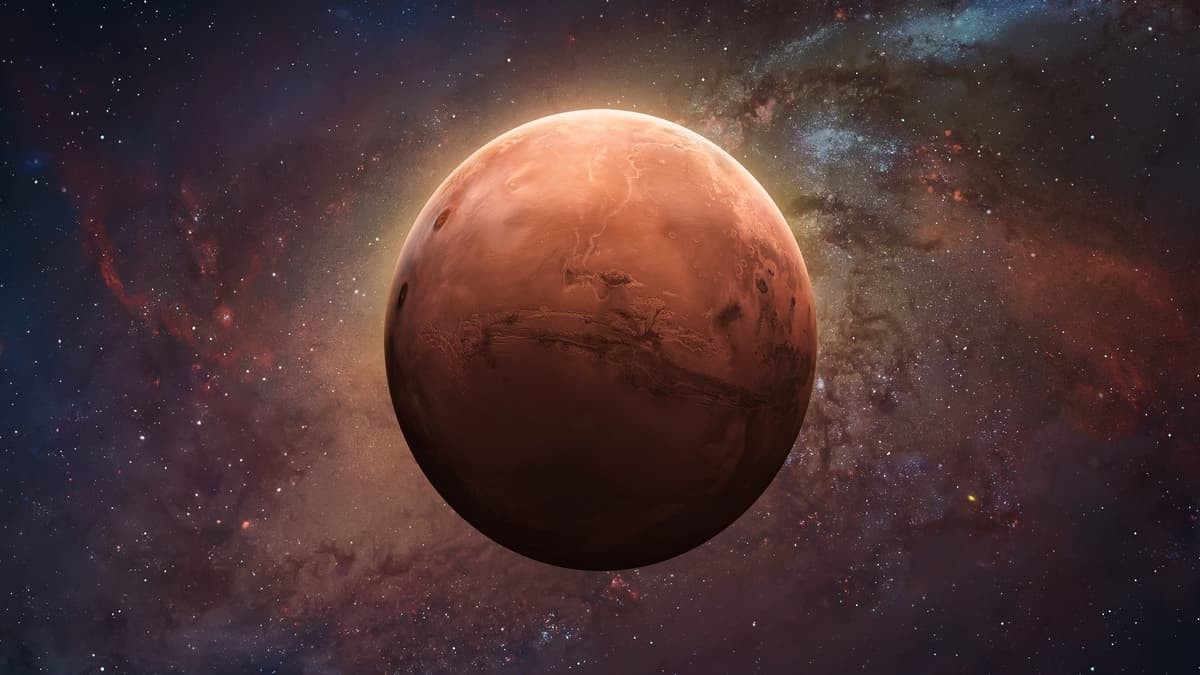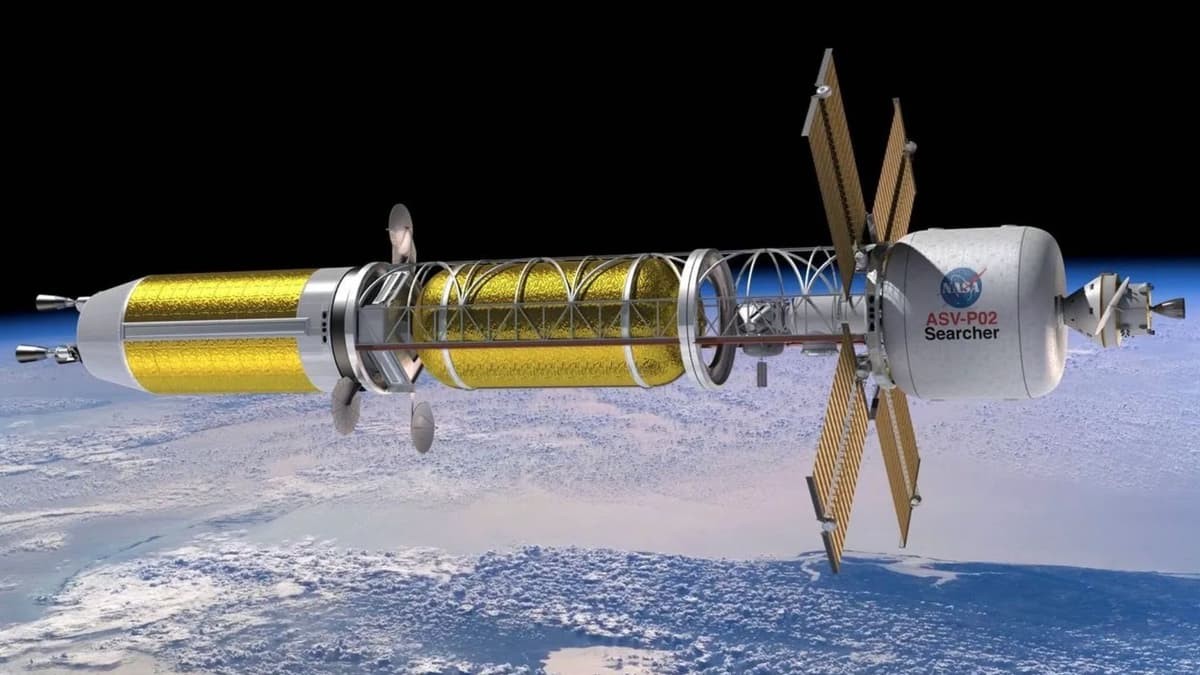Cold War Nuclear Sensors May Find New Role Tracking Space Debris
During the Cold War, a global network of highly sensitive infrasound detectors was established to monitor sound waves produced by nuclear tests. Today, these sensors are maintained by the Comprehensive Nuclear-Test-Ban Treaty Organization (CTBTO), as reported by Space.com. Their extraordinary sensitivity allows them to pick up extremely faint acoustic signals from great distances.
But nuclear blasts aren’t the only phenomena these sensors detect.
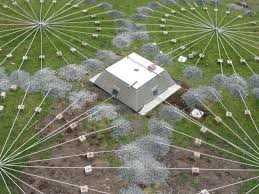
Figure 1. Space Debris.
The same infrasound network can also pick up the powerful sonic signatures produced when large meteoroids, defunct satellites, or other space debris explode while re-entering the atmosphere. Figure 1 shows Space Debris.
Because infrasound waves travel vast distances with minimal signal loss and aren’t disrupted by weather, the system provides a round-the-clock, global surveillance capability.
Tracking Debris with Sound
Elizabeth Silber and her research team at Sandia National Laboratories have been exploring how this sensor network can be used to reconstruct the flight paths of incoming space debris.
This includes tracking bolides—large meteoroids that explode in the atmosphere—whose shockwaves can travel thousands of kilometers.
Unlike a single-point explosion, bolides generate infrasound continuously along their flight paths. This makes analysis more complex, as multiple sensors detect signals from different parts of the trajectory.
“Infrasound from a bolide is more like a sonic boom stretched across the sky than a single bang,” Silber explained in a press release. “You have to consider that the sound is being generated all along the path of travel.”
New Modeling Techniques
To overcome these challenges, Silber developed a specialized computer model called BIBEX-M. This model analyzes subtle differences in the infrasound signals captured by CTBTO sensors to reconstruct the most likely path of incoming meteors or space debris.
By comparing the timing of the sound waves as they arrive at different sensors, scientists use triangulation to estimate the object’s trajectory.
The study found that objects entering at steep angles—greater than 60 degrees—produced reliable data for trajectory calculations. Shallower entries, however, introduce greater uncertainty, a limitation the team aims to address in future research.
Preparing for the Future
Understanding the entry paths of falling space debris is crucial for early warning systems and impact prediction. Without this data, it’s difficult to anticipate where debris might land or how best to respond.
As the number of space missions grows, so does the volume of debris in Earth’s orbit. According to the European Space Agency (ESA), over 130 million pieces of debris larger than a millimeter are currently orbiting the planet—posing an ever-growing threat to satellites and other space infrastructure.
By turning Cold War technology into a tool for modern space safety, scientists may have found a novel way to protect Earth from above.
Reference:
- https://interestingengineering.com/innovation/nuclear-sensors-guardians-against-space-junk
Cite this article:
Keerthana S (2025), Cold War Nuclear Sensors May Find New Role Tracking Space Debris, AnaTechMaz, pp.381


